
Mauchline is a town and civil parish in East Ayrshire, Scotland. In the 2001 census Mauchline had a recorded population of 4,105. It is home to the National Burns Memorial.

Jean Armour, also known as the "Belle of Mauchline", was the wife of the poet Robert Burns. She inspired many of his poems and bore him nine children, three of whom survived into adulthood.

Robert Burns, also known familiarly as Rabbie Burns, was a Scottish poet and lyricist. He is widely regarded as the national poet of Scotland and is celebrated worldwide. He is the best known of the poets who have written in the Scots language, although much of his writing is in a "light Scots dialect" of English, accessible to an audience beyond Scotland. He also wrote in standard English, and in these writings his political or civil commentary is often at its bluntest.

Ellisland Farm lies about 6.5 mi/10.4 km northwest of Dumfries near the village of Auldgirth, located in the Parish of Dunscore, Dumfries and Galloway, Scotland. The complex is a museum in the farm Robert Burns built, lived in and farmed from 1788 until 1791. One of the earliest references to the site is in 1465. Cardinal Antonius confirming a Charter by the Monastery of Melrose of the adjoining property of Ellisland to John Kirkpatrick.
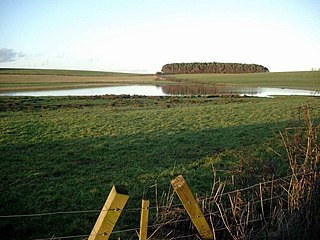
Lochlea or Lochlie was situated in a low-lying area between the farms and dwellings of Lochlea and Lochside in the Parish of Tarbolton, South Ayrshire, Scotland. The loch was natural, sitting in a hollow created by glaciation. The loch waters ultimately drained via Fail Loch, the Mill Burn, and the Water of Fail. It is well-documented due to the presence of a crannog that was excavated and documented circa 1878, and its association with the poet Robert Burns, who lived here for several years whilst his father was the tenant. Lochlea lies 2+1⁄2 miles northeast of Tarbolton, and just over three miles northwest of Mauchline.

Loch Brown, also known in Scots as Loch Broun, Broon or Broom, was situated in a kettle hole in the mid-Ayrshire clayland near Crosshands. It is nowadays (2011) visible as a surface depression in pastureland, partially flooded, situated in a low-lying area close to farms and dwellings of Skeoch, Dalsangan, Ladebrae, Lochhill, and Crosshands, mainly in the Parish of Mauchline and partly in Craigie, East Ayrshire, Scotland. Duveloch is an old name for the loch and this may derive from the Gaelic Dubh, meaning black or dark loch.
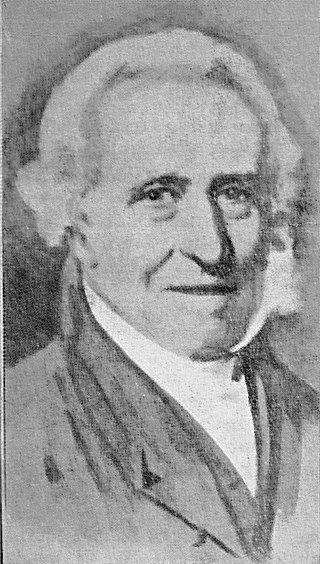
John MacKenzie (c.1755–1837) was a Scottish army surgeon. He was a native of Ayrshire, where he married Helen Miller (d.1827), one of the "Six proper Mauchline belles" who is buried in Irvine's Old Parish church. He was a member with Robert Burns of the St James Lodge, Tarbolton. His house in Mauchline is now the 'Burns House Museum,' run by East Ayrshire Council. MacKenzie wrote "Origin of Morals and Common Sense".
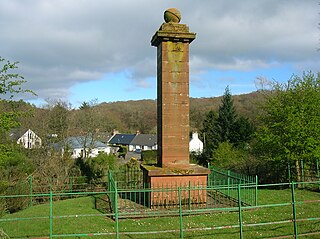
Mary Campbell, also known as Highland Mary, was the daughter of Archibald Campbell of Daling, a sailor in a revenue cutter, whose wife was Agnes Campbell of Achnamore or Auchamore. Mary was the eldest of a family of four. Robert Burns had an affair with her after he felt that he had been "deserted" by Jean Armour following her move to Paisley in March 1786. The brief affair started in April 1786, and the parting took place on 14 May of that year. Mary's pronunciation of English was heavily accented with the lilt of local indigenous language, Gaelic - and this led to her becoming known as 'Highland Mary.'
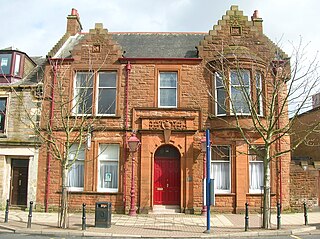
The Irvine Burns Club, based at the Wellwood Burns Centre & Museum, was founded on 2 June 1826 and is one of the world's longest continuously active Burns Clubs. At least five personal friends of Robert Burns were among the group of local gentleman, whose idea it was to form the club. Irvine in North Ayrshire is an old market town and port situated on the west coast of Scotland, approx 14 miles north of Ayr.

Haugh or The Haugh is a small village or hamlet in East Ayrshire, Parish of Mauchline, Scotland. The habitation is situated about two and a half miles downstream from Catrine, on the north bank of the River Ayr. The River Ayr Way runs through the village.

Gilbert Burns (1760–1827), the younger brother of Robert Burns the poet, was born at Alloway. He married Jean Breckenridge in 1791, had six sons and five daughters, died in 1827, aged 66, and was buried at Bolton, East Lothian, Scotland. Gilbert's writings have contributed greatly to the bank of knowledge that exists regarding the life of his famous brother.

Kate Kemp of Barskimming lived with her father at the Bridge House on the northern side of the single-span Barskimming Old Bridge, River Ayr, Scotland. Both Robert Burns and James Andrew, the miller at Barskimming Mill, had a romantic interest in her, and one visit led to the composition of the poem and dirge "Man was made to Mourn".
Adam Armour (1771–1823) was the younger brother of Jean Armour and therefore the brother-in-law of the poet Robert Burns. In addition, being married to Fanny (Frances) Burnes, he was also related to the poet through his father-in-law 'Poor Uncle Robert', who lived at Stewarton.
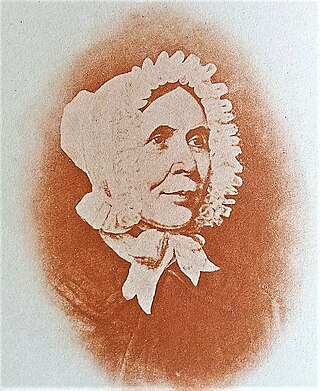
Isabella Burns (Isabella Begg) (1771–1858) or Isobel Burns (Isobel Begg) was the youngest sister of the poet Robert Burns, born to William Burness and Agnes Broun at Mount Oliphant Farm on the 27 June 1771 and christened on 2 July 1771 by Rev. William McGill, a friend of her father. When she died she was the last member of Robert Burns's immediate family and when living at Bridge House in Alloway for the last sixteen years of her life she entertained many visitors who were interested in his life and works. She was the source of many published insights into Burns's life, character and loves. Her siblings knew her as 'Isbal'.
James Armour was a master mason and father of Jean Armour, and therefore the father-in-law of the poet Robert Burns.
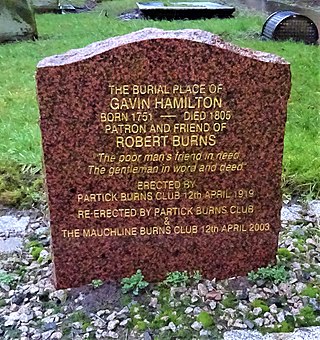
Gavin Hamilton was one of Robert Burns's closest friends and a patron. The first 'Kilmarnock Edition' of his poems were dedicated to Gavin Hamilton.

John Richmond (1765–1846) was one of Robert Burns's closest friends and confidants. He was born in Sorn parish at Montgarswood, Ayrshire, Scotland. His father, Henry Richmond, was a merchant in Mauchline and owned Montgarswood Farm that lies near Sorn. This farm passed to James, John's brother, having once been farmed by William Fisher, Burns's Holy Willie.

William FraserRIBA was a Scottish-born architect, prominent in the late 19th and early 20th centuries, who initially practised in Great Britain and then in Canada until his death in 1922.
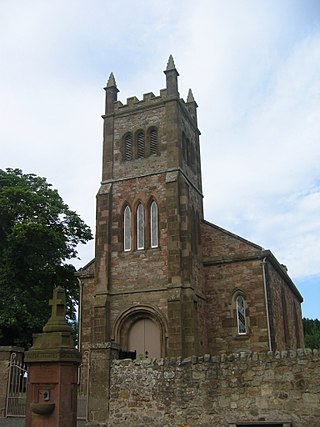
Annabella Burns or Nannie Burns (1764–1832) was the second oldest sister of the poet Robert Burns, and the last child born to William Burness and Agnes Broun whilst at the Alloway cottage. She was born on the 14 November 1764 and she was christened on 17 November by Rev. William Dalrymple, the minister of Ayr Parish Church. When she died in 1832 she was the last member of Gilbert Burns's household at Grant's Brae to be buried at the Bolton Kirk family lair. Gilbert Burns had died, also aged 67, five years earlier in 1832.

John Burns (1769–1785) was the youngest brother of the poet Robert Burns and the last son born to William Burness and Agnes Broun. John was born at Mount Oliphant Farm on the Doonholm Estate near Alloway on the 12 July 1769. He was christened circa 21 July 1769 by Rev. Rev William Dalrymple.





















